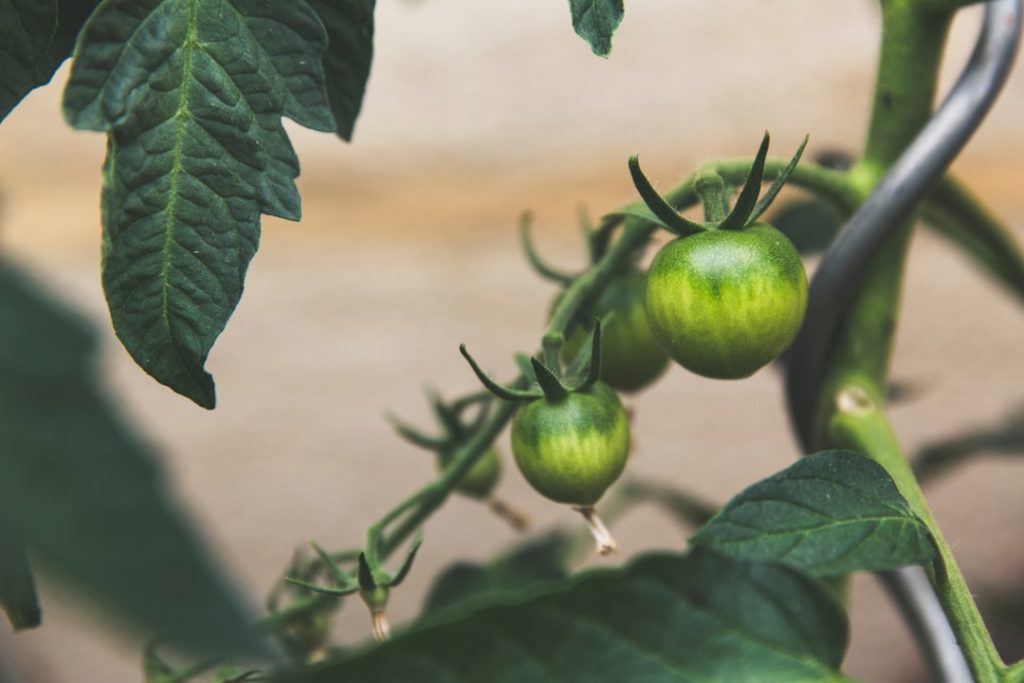The breeding ratio for Japanese quail refers to the proportion of male to female birds in a breeding group. This ratio is crucial for successful reproduction and optimal production in quail farming. The breeding ratio directly impacts fertility, hatchability, and overall productivity of the quail flock. Understanding the breeding ratio is essential for quail farmers to ensure the health and genetic diversity of their flock.
In a breeding group, the male to female ratio plays a significant role in the mating behavior and reproductive success of the quail. A balanced breeding ratio ensures that each female quail receives adequate attention from the males, leading to successful fertilization of eggs. Additionally, maintaining the right breeding ratio helps prevent aggression and over-mating among the quail, which can lead to stress and reduced fertility. Therefore, understanding the breeding ratio is essential for creating a harmonious and productive breeding environment for Japanese quail.
Table of Contents
- 1 Factors to Consider When Determining the Breeding Ratio
- 2 Calculating the Ideal Breeding Ratio for Japanese Quail
- 3 Importance of Maintaining a Balanced Breeding Ratio
- 4 Managing Breeding Ratio for Optimal Production and Health
- 5 Common Mistakes to Avoid When Establishing a Breeding Ratio
- 6 Adjusting the Breeding Ratio Based on Specific Breeding Goals
- 7 FAQs
Key Takeaways
- The breeding ratio for Japanese quail refers to the number of males to females in a breeding group.
- Factors to consider when determining the breeding ratio include age, genetics, and the desired production goals.
- The ideal breeding ratio for Japanese quail can be calculated based on the desired egg production and fertility rates.
- Maintaining a balanced breeding ratio is important for maximizing production and ensuring genetic diversity.
- Managing the breeding ratio is crucial for optimal production and overall health of the quail population.
Factors to Consider When Determining the Breeding Ratio
Several factors need to be considered when determining the breeding ratio for Japanese quail. These factors include the age and health of the quail, the purpose of breeding (meat or egg production), and the desired genetic traits in the offspring. Age plays a crucial role in determining the breeding ratio, as younger quail may require a different ratio compared to older birds. Additionally, the health and condition of the quail should be assessed to ensure that they are capable of successful reproduction.
The purpose of breeding also influences the breeding ratio, as quail bred for meat production may have different requirements compared to those bred for egg production. For example, meat production may require a higher male to female ratio to ensure a higher fertility rate, while egg production may benefit from a lower male to female ratio to prevent over-mating and stress on the hens. Furthermore, specific genetic traits desired in the offspring may also impact the breeding ratio, as certain traits may require specific mating combinations to achieve the desired results.
Calculating the Ideal Breeding Ratio for Japanese Quail
Calculating the ideal breeding ratio for Japanese quail involves considering several factors to ensure optimal reproductive success and productivity. The ideal breeding ratio is determined based on the specific goals of the breeder, whether it is maximizing egg production, meat yield, or genetic diversity. To calculate the ideal breeding ratio, breeders must assess the age and health of their quail, as well as their desired outcomes for breeding.
For example, if the goal is to maximize egg production, a lower male to female ratio may be preferred to prevent over-mating and stress on the hens. On the other hand, if the goal is to increase meat yield, a higher male to female ratio may be necessary to ensure a higher fertility rate. Additionally, breeders must consider the genetic traits they want to propagate in their offspring and adjust the breeding ratio accordingly. Calculating the ideal breeding ratio requires careful consideration of these factors to achieve the desired outcomes in quail production.
Importance of Maintaining a Balanced Breeding Ratio
Maintaining a balanced breeding ratio is crucial for ensuring the health and productivity of a quail flock. A balanced breeding ratio helps prevent over-mating, aggression, and stress among the quail, which can negatively impact fertility and overall well-being. By maintaining a balanced breeding ratio, breeders can ensure that each female quail receives adequate attention from the males, leading to successful fertilization of eggs and higher hatchability rates.
Furthermore, a balanced breeding ratio contributes to genetic diversity within the flock, which is essential for maintaining healthy and resilient quail populations. Genetic diversity helps reduce the risk of inbreeding and genetic abnormalities, leading to stronger and more robust offspring. Additionally, maintaining a balanced breeding ratio can also contribute to overall flock management, as it helps prevent overcrowding and aggression within the breeding group. Overall, maintaining a balanced breeding ratio is essential for promoting reproductive success, genetic diversity, and overall well-being in a quail flock.
Managing Breeding Ratio for Optimal Production and Health
Managing the breeding ratio for optimal production and health involves regular assessment and adjustment based on the specific needs of the quail flock. Breeders should regularly monitor the reproductive performance of their quail and make adjustments to the breeding ratio as needed. This may involve increasing or decreasing the number of males in the breeding group based on fertility rates, hatchability, and overall productivity.
Additionally, managing the breeding ratio also involves considering the age and health of the quail in the breeding group. Older or less healthy birds may require different breeding ratios compared to younger and healthier birds. Breeders should also consider seasonal variations in reproductive performance and adjust the breeding ratio accordingly. By actively managing the breeding ratio, breeders can optimize production and health in their quail flock, leading to higher fertility rates, improved hatchability, and overall better performance.
Common Mistakes to Avoid When Establishing a Breeding Ratio

When establishing a breeding ratio for Japanese quail, there are several common mistakes that breeders should avoid to ensure successful reproduction and optimal production. One common mistake is using an unbalanced breeding ratio, which can lead to over-mating, aggression, and stress among the quail. This can result in reduced fertility rates, lower hatchability, and overall poor reproductive performance. It is essential to carefully consider the specific goals of breeding and adjust the breeding ratio accordingly to avoid this mistake.
Another common mistake is neglecting to assess the age and health of the quail when determining the breeding ratio. Older or less healthy birds may require different breeding ratios compared to younger and healthier birds. Neglecting this factor can lead to poor reproductive performance and reduced productivity in the quail flock. Additionally, failing to monitor and adjust the breeding ratio based on reproductive performance can also lead to missed opportunities for optimizing production and health in the flock.
Adjusting the Breeding Ratio Based on Specific Breeding Goals
Adjusting the breeding ratio based on specific breeding goals is essential for achieving desired outcomes in quail production. Breeders should regularly assess their breeding goals and make adjustments to the breeding ratio as needed to optimize production and health in their quail flock. For example, if the goal is to increase egg production, breeders may need to lower the male to female ratio to prevent over-mating and stress on the hens. On the other hand, if the goal is to maximize meat yield, a higher male to female ratio may be necessary to ensure higher fertility rates.
Furthermore, adjusting the breeding ratio based on specific breeding goals also involves considering genetic traits desired in the offspring. Breeders may need to adjust the breeding ratio to facilitate specific mating combinations that will produce offspring with desired traits. By actively adjusting the breeding ratio based on specific breeding goals, breeders can optimize production and health in their quail flock, leading to improved reproductive performance and overall better outcomes in quail farming.
In conclusion, understanding and managing the breeding ratio for Japanese quail is essential for successful reproduction and optimal production in quail farming. By carefully considering factors such as age, health, breeding goals, and genetic traits, breeders can calculate and maintain an ideal breeding ratio that promotes fertility, hatchability, genetic diversity, and overall well-being in their quail flock. Avoiding common mistakes and actively adjusting the breeding ratio based on specific goals are crucial for achieving desired outcomes in quail production. Overall, a balanced and well-managed breeding ratio is key to ensuring successful reproduction and optimal productivity in Japanese quail farming.
If you’re interested in learning more about breeding ratios for Japanese quail, you might also find our article on “What Vegetables Do Quails Eat?” to be helpful. Understanding the dietary needs of quails is essential for their overall health and productivity. Check out the article here to discover the best vegetables to include in their diet and how it can impact their breeding ratio.
FAQs
What is the breeding ratio for Japanese quail?
The breeding ratio for Japanese quail is typically 1 male to 4-5 females. This ratio helps to ensure successful breeding and fertility.
Why is the breeding ratio important for Japanese quail?
Maintaining the proper breeding ratio is important for Japanese quail to ensure successful mating and fertility. It also helps to prevent aggression among males and ensures that each female has the opportunity to mate.
What happens if the breeding ratio is not maintained for Japanese quail?
If the breeding ratio is not maintained for Japanese quail, there may be increased aggression among males, decreased fertility, and potential mating problems. It is important to monitor and adjust the breeding ratio as needed to ensure the health and productivity of the quail flock.
How can I determine the sex of Japanese quail to maintain the breeding ratio?
The sex of Japanese quail can be determined by examining their physical characteristics, such as plumage and size. Males typically have a more distinct color pattern and larger size compared to females. It is important to accurately sex the quail to maintain the proper breeding ratio.
Meet Walter, the feathered-friend fanatic of Florida! Nestled in the sunshine state, Walter struts through life with his feathered companions, clucking his way to happiness. With a coop that’s fancier than a five-star hotel, he’s the Don Juan of the chicken world. When he’s not teaching his hens to do the cha-cha, you’ll find him in a heated debate with his prized rooster, Sir Clucks-a-Lot. Walter’s poultry passion is no yolk; he’s the sunny-side-up guy you never knew you needed in your flock of friends!







